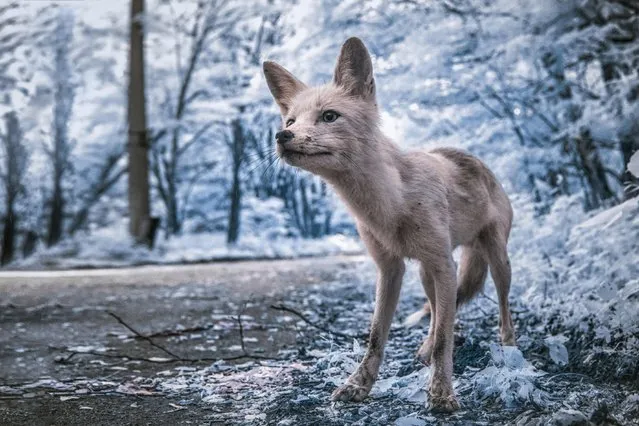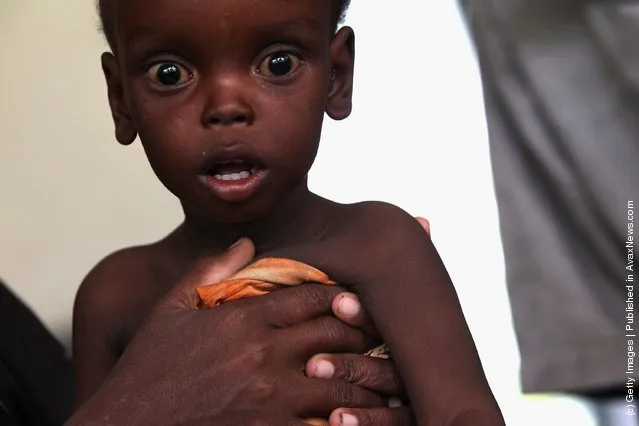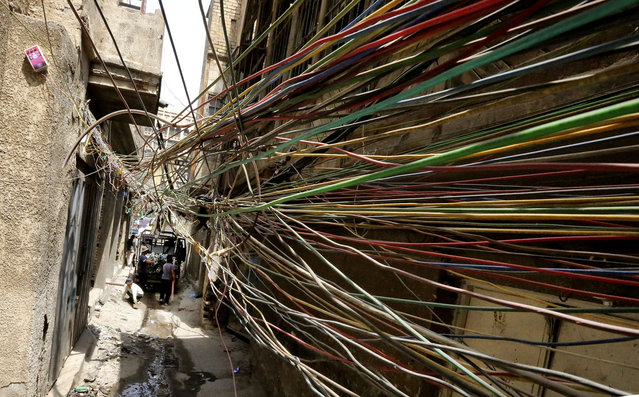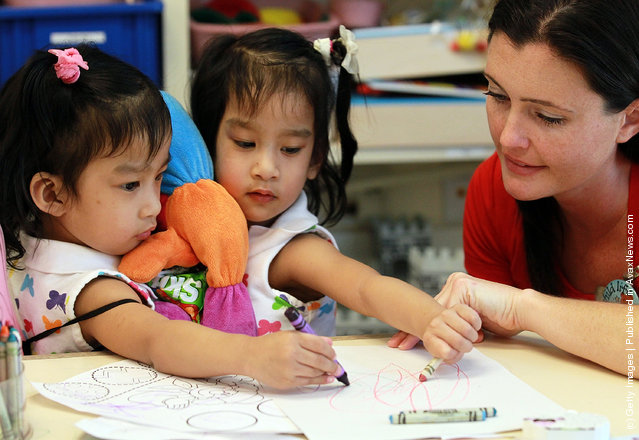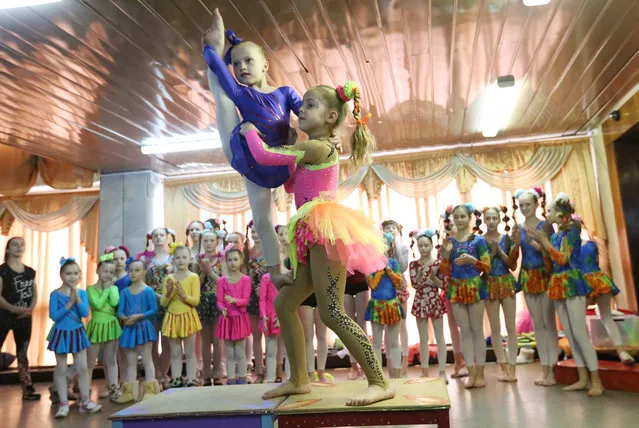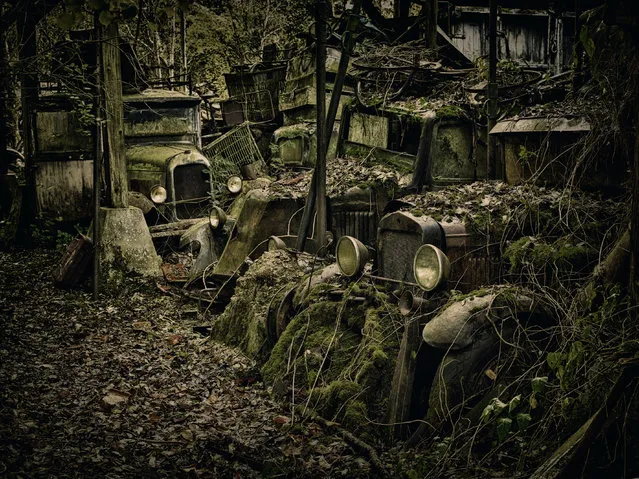
This adorable and unlikely pair of best friends are inseperable. Kitty the kitten was abandoned and Buttons the Jack Russell was rejected by his mum. They eat, sleep and play together while they are being hand reared at our centre in Old Windsor, Berkshire. We would love for them to find a new home together when they are ready to leave our care in the near future.
SEE ALSO: True Friendship AND True Friendship Pat Two
26 Oct 2012 10:35:00,post received
0 comments

